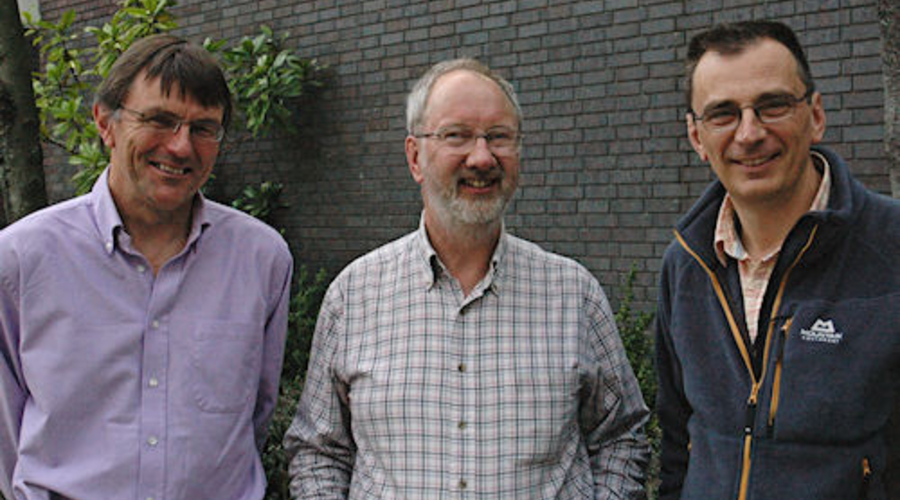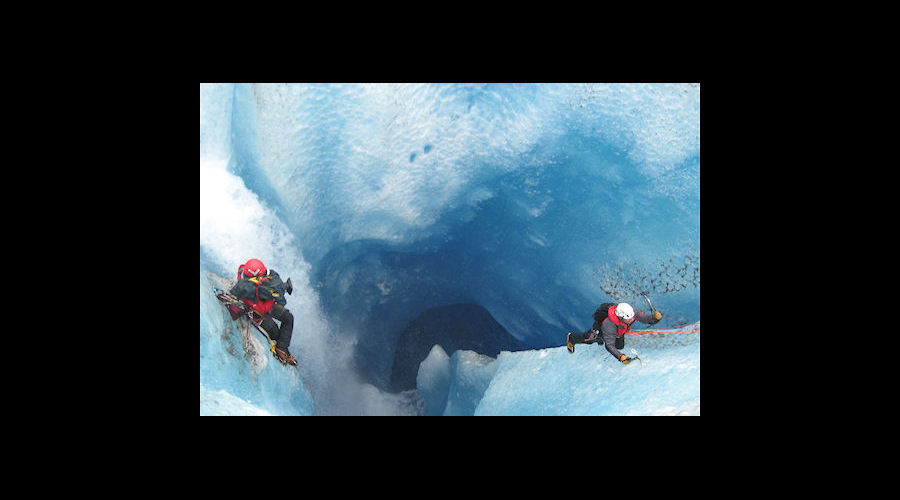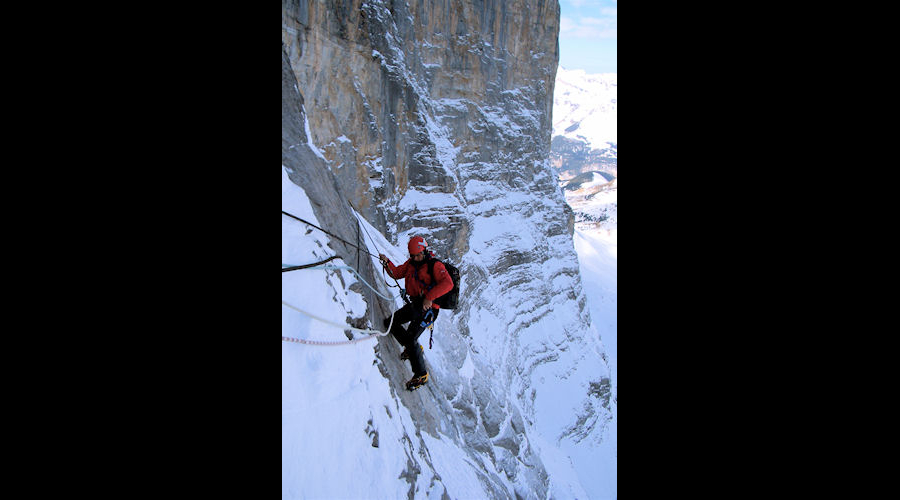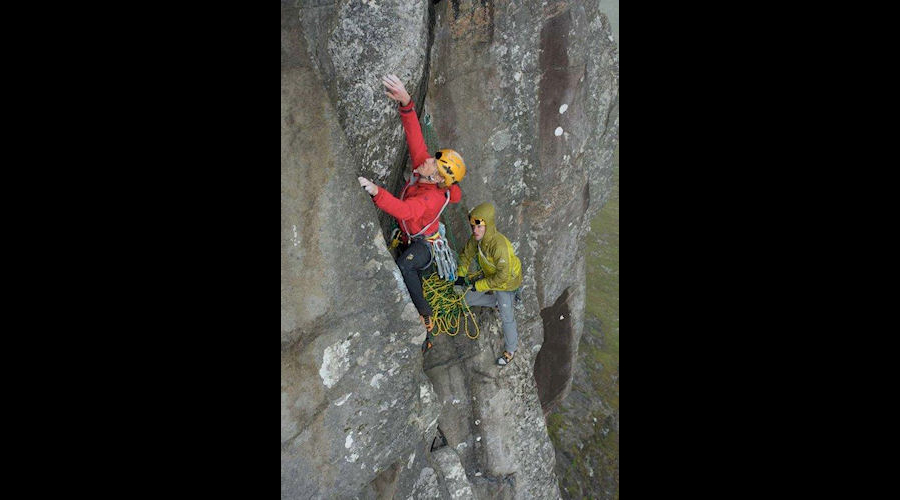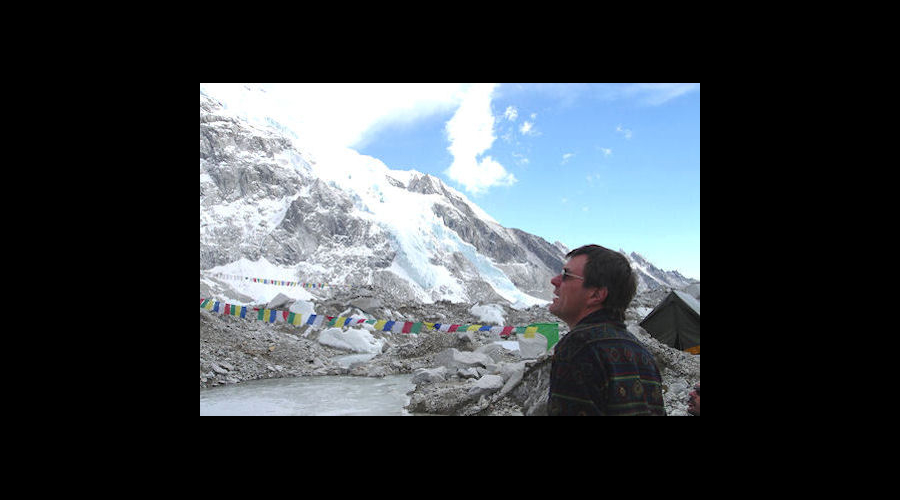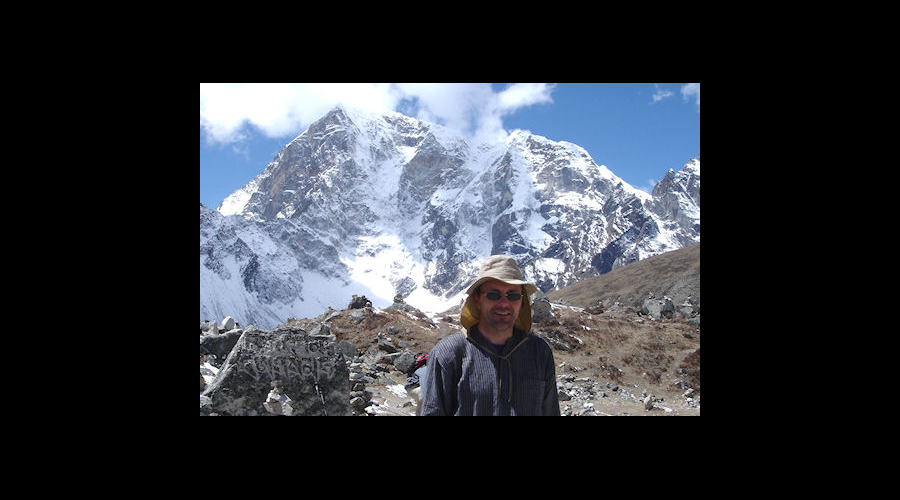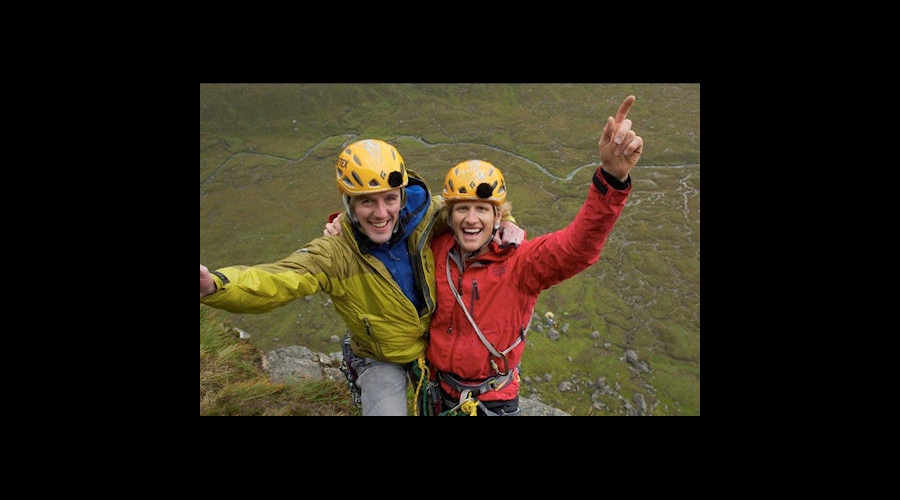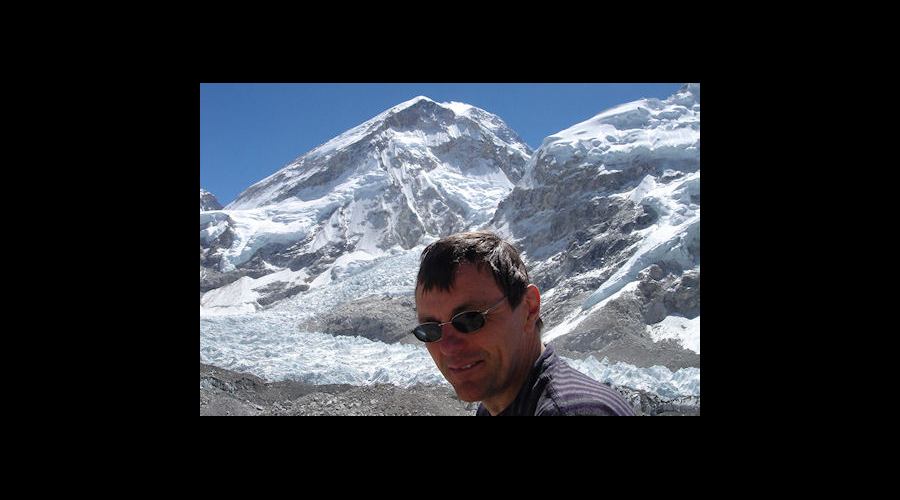Pity the much-derided health and safety profession. So often criticized for interfering, how are they meant to respond when the risk assessment identifies the main hazard as "Death"?
That was the very evident risk facing a multitude of hair-raising adventures described by three 'extreme filmmakers' who led a white-knuckle ride of an RTS event at Newcastle's Northumbria University.
The unfortunate person assigned to check the above risk assessment resorted to ringing back to enquire: "Is that 'death' as in 'dying'?"
Thanks to astonishing skills and judgement, the answer so far from the trio has been no. But the large audience saw clips and stills and heard stories where it seemed just seconds or inches away.
An appetite for adrenalin was not the only common factor shared by Graham Ratcliffe (mountaineer and author - left), Richard Else (producer and filmmaker - centre), and Keith Partridge (adventure cameraman - right). Their careers and those of members of the audience had criss-crossed over more than thirty years in the North East and Borders, adding the pleasure of a unique reunion to this special event.
The production which prompted the 'death' query was The Great Climb W the world's first HD OB of a live climb, made by Richard for BBC Scotland. Two climbers were tackling the UK's biggest overhang W 600 feet high and with a projection of more than 40 degrees. The complex rig included a new pole-cam invented for the shoot W the five tons of equipment were flown in by helicopter over eleven trips and put together on location on the Isle of Harris.
The broadcast lasted five hours and 30 minutes; the challenge was heightened by rain greasing the rocks in the last hour. The top was reached literally in the last minute!
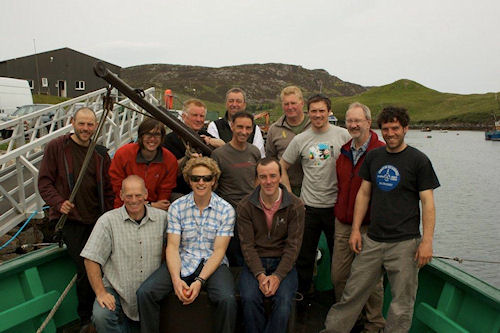
Richard Else (second from right) with members of The Great Climb team
Teamwork between acknowledged experts was at the heart of the achievement. "There's a set of people you work with who you can trust," said Richard. He took 60 people. "If there had been one person missing, it would not have happened."
In contrast, Graham's risks were solo rather than collective. When attempting to become the first Briton to reach the summit of Everest from both south and north routes, he added to the challenge by seeking to film his climb. This can mean ascending the same section several times, to place the camera then walk to it. "The buttons were the size of peas W very hard when you're wearing huge down gloves."
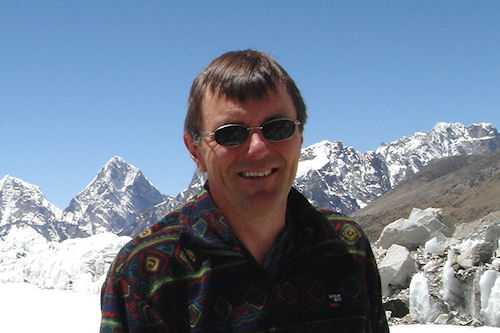
Graham Ratcliffe in Tibet
Other difficulties were keeping tape and batteries working with temperatures well below zero, the risk of frostbite and the hazards caused by oxygen deprivation. The audience shared the experience of cresting the summit W then heard that the shot which Graham was sure was just five minutes long (as he was in a hurry to descend) was revealed when viewed back at the BBC in Newcastle to last for 25 minutes.
The person who trained Graham in camera operation was the third speaker, Keith, whose desire for adventure has taken him far and wide over the last thirty years. His portfolio of pictures was breathtaking in range: hump-backed whales surfaced, jaws akimbo, just feet away; turbulent streams deep below ground in caves threatened to sweep the crew down to certain death through a dark chasm; barnacle fishermen in Spain leapt off slippery rocks as waves crashed at the base of cliffs.
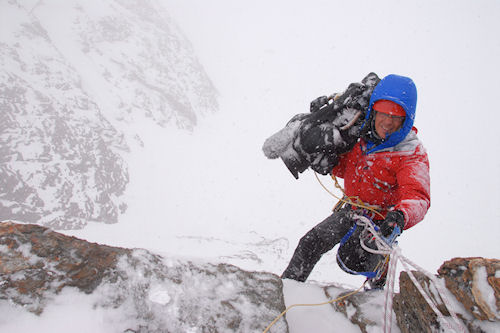
Keith Partridge filming for Beckoning Silence
And there were mountains of course. An active volcano was almost a throwaway line. Keith was lead mountain cameraman on the award-winning Touching the Void, shooting high in the Andean slopes that had proved almost impossible to climb and survive. He followed that with The Beckoning Silence where work started by being dropped by helicopter onto a tiny ledge... on the face of the Eiger.
In that film the climber and author Joe Simpson says: "It can all go wrong in an instant." The presentations all revealed the personal and professional qualities that not only hold those risks at bay but also combine with storytelling skills to share amazing moments with audiences around the world. And Keith had one other solution to what sometime appeared insuperable difficulties W gaffer tape.
In the question session, Keith was asked whether he was sometimes frustrated that the audience would not realize what he had accomplished to achieve the footage they were watching. His answer spoke for all three in saying that was irrelevant W the media gatherer should be invisible.
Especial thanks were made to event organizer RTS committee member Mark Murray for bringing together such a fascinating group of speakers.
For more details of recent work, check their websites:
Richard Else: www.mountain-media.co.uk / www.tripleecho.co.uk
Graham Ratcliffe: www.adaytodiefor.org.uk
Keith Patridge: www.adventurecamera.co.uk
By Olwyn Hocking
Below are are some of the dramatic pictures shown at the 'Extreme Filming' event at Northumbria University, April 4th 2011.

